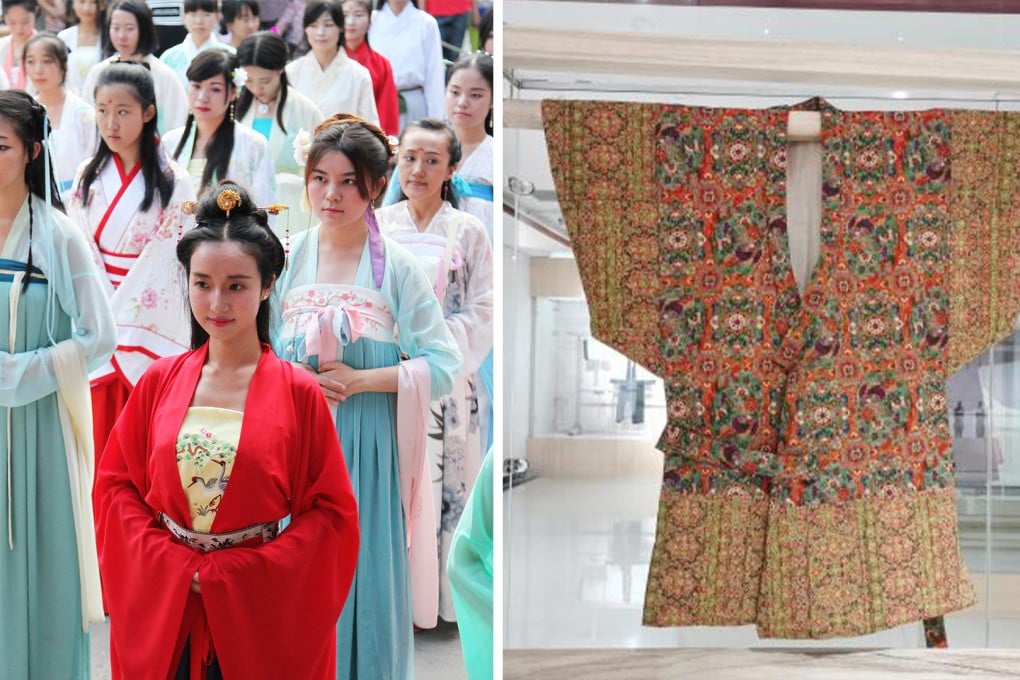‘Cultural power not a suit and tie’: hanfu traditional fashion revival strengthens, even as China’s economy slows
- Young Chinese people are increasingly favouring hanfu, clothes once worn by ancient Han Chinese, as an expression of cultural identity and fashion
- Sales of hanfu clothing leapt more than 50-fold from 2015 to 2021, when they were worth over US$1.45 billion, with sales of US$1.8 billion predicted this year

Decades ago as a young boy, Zhao Bo loved travelling with his tailor father on visits to ancient towns and villages across China collecting traditional clothes once worn by their Han Chinese ancestors.
The 35-year-old comes from a family of tailors in northern China and has continued his father’s passion as an adult, collecting more than 2,000 pieces of ancient clothing, and reproduced dozens more by studying antiquities and ancient books.
Zhao now heads a museum in Yongqing, Hebei province, northern China, showcasing antique garments, some more than 500 years old, and handmade replicas of outfits dating back to more than 2,000 years ago,

Annual sales of hanfu clothing have leapt from around 190 million yuan in 2015 to more than 10 billion yuan (US$1.45 billion) last year, according to Chinese data analysis firm iiMedia Research.